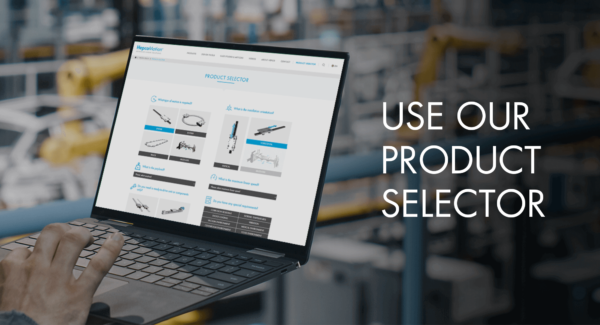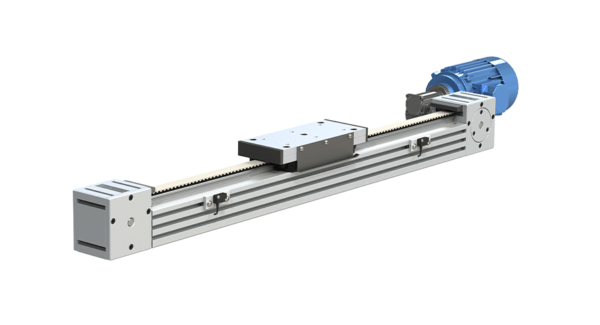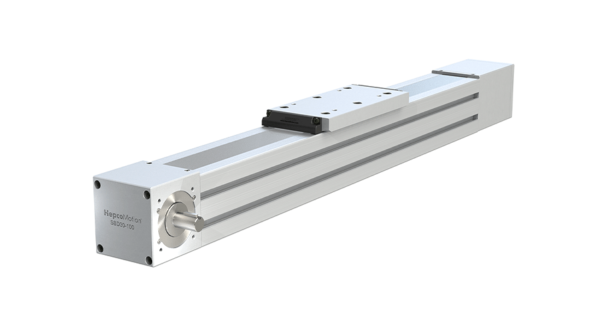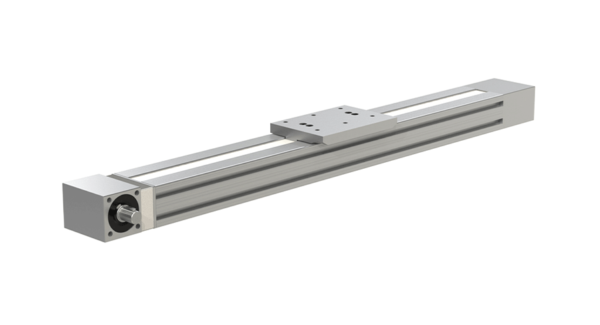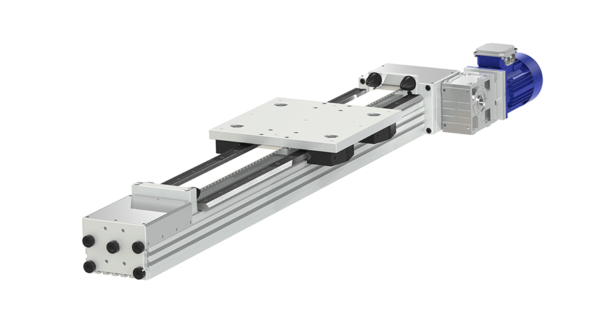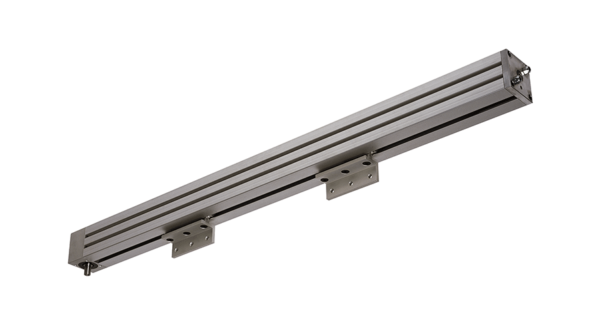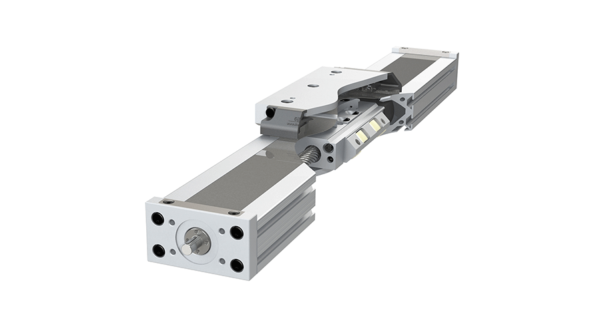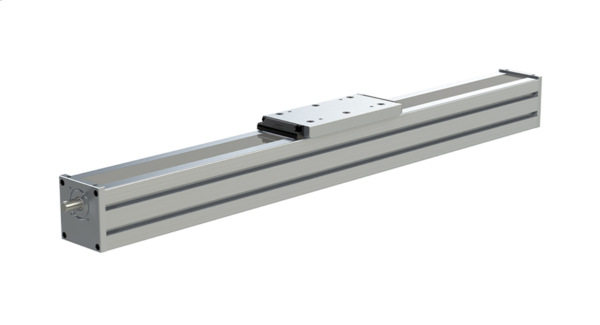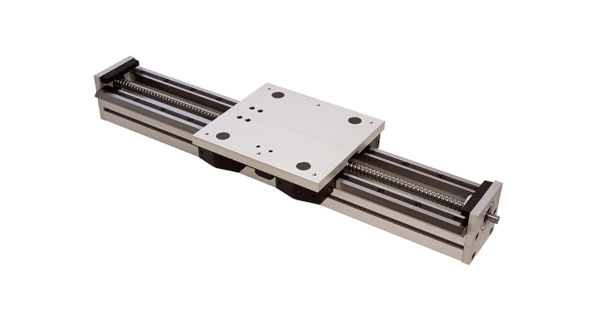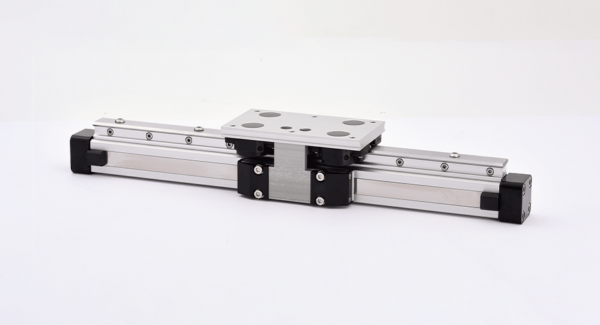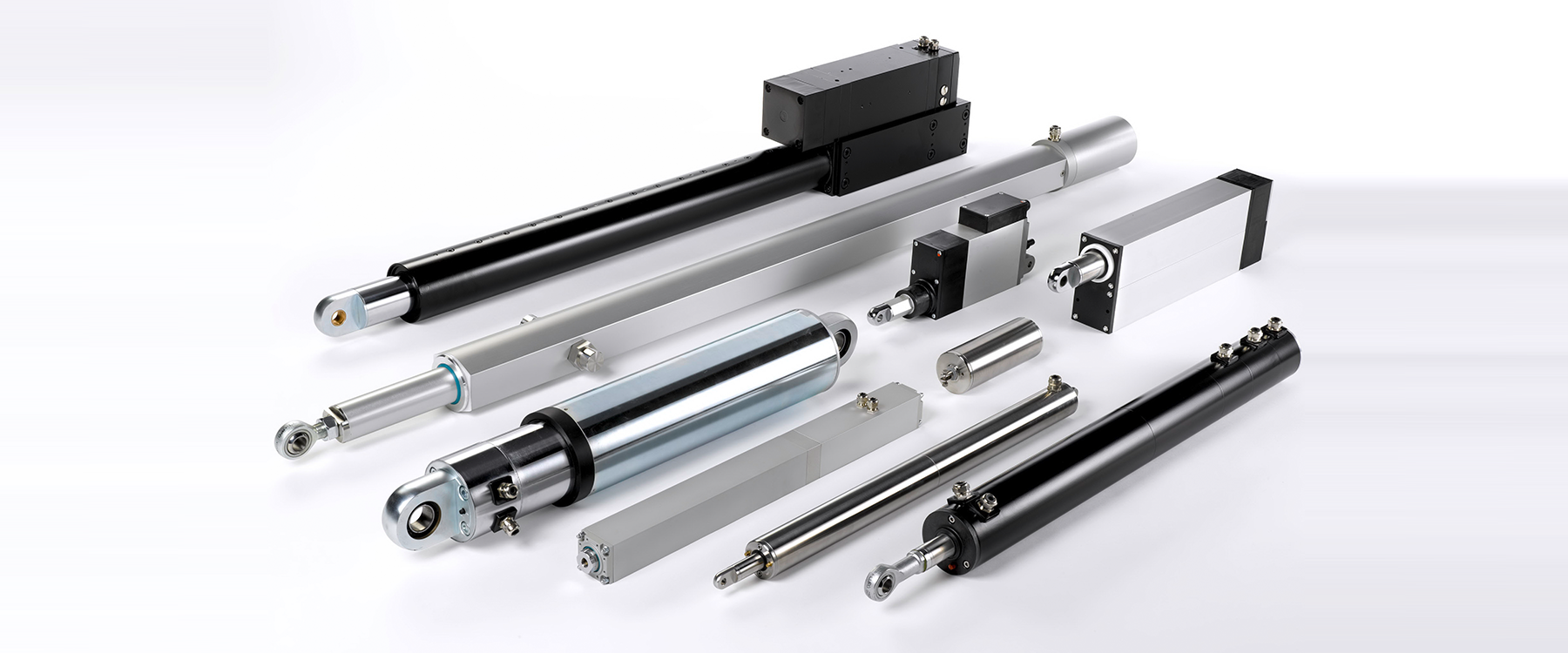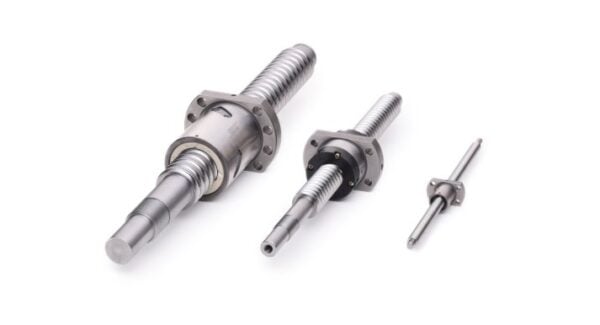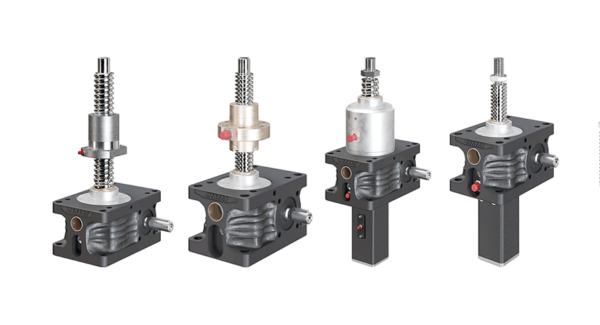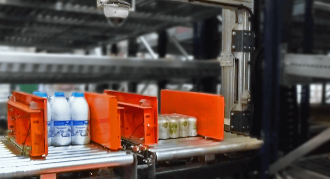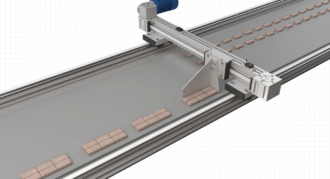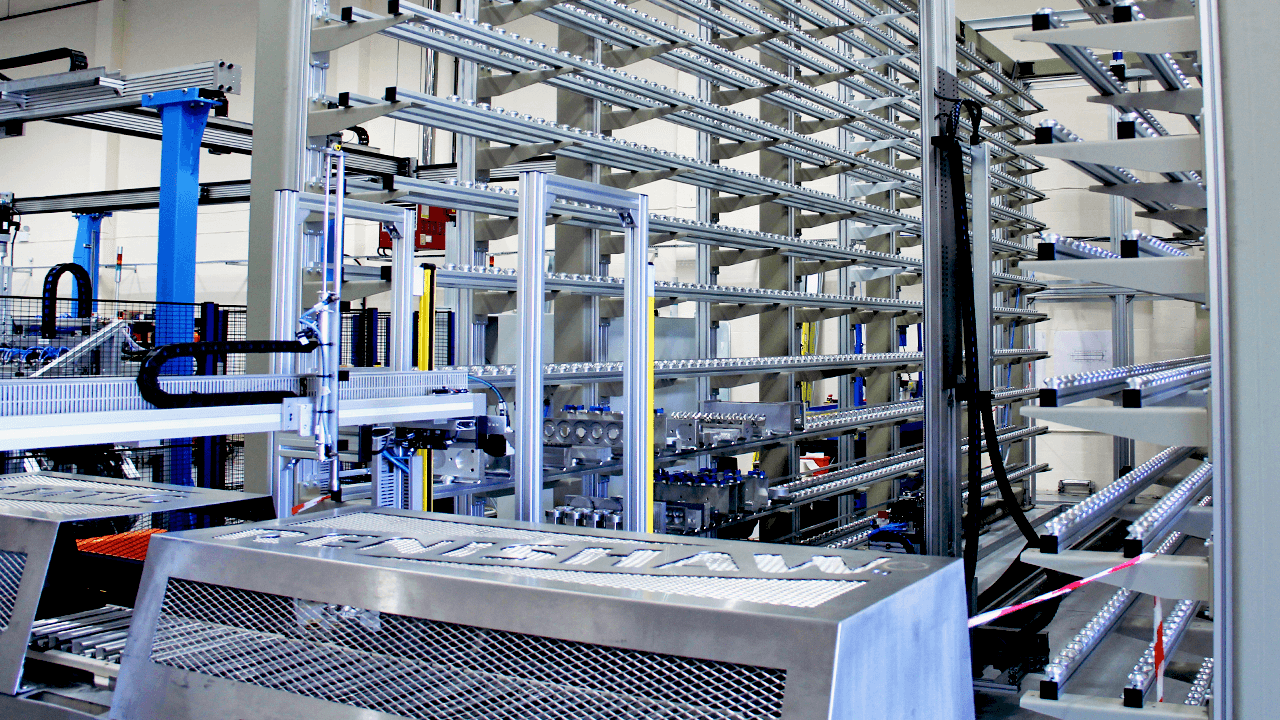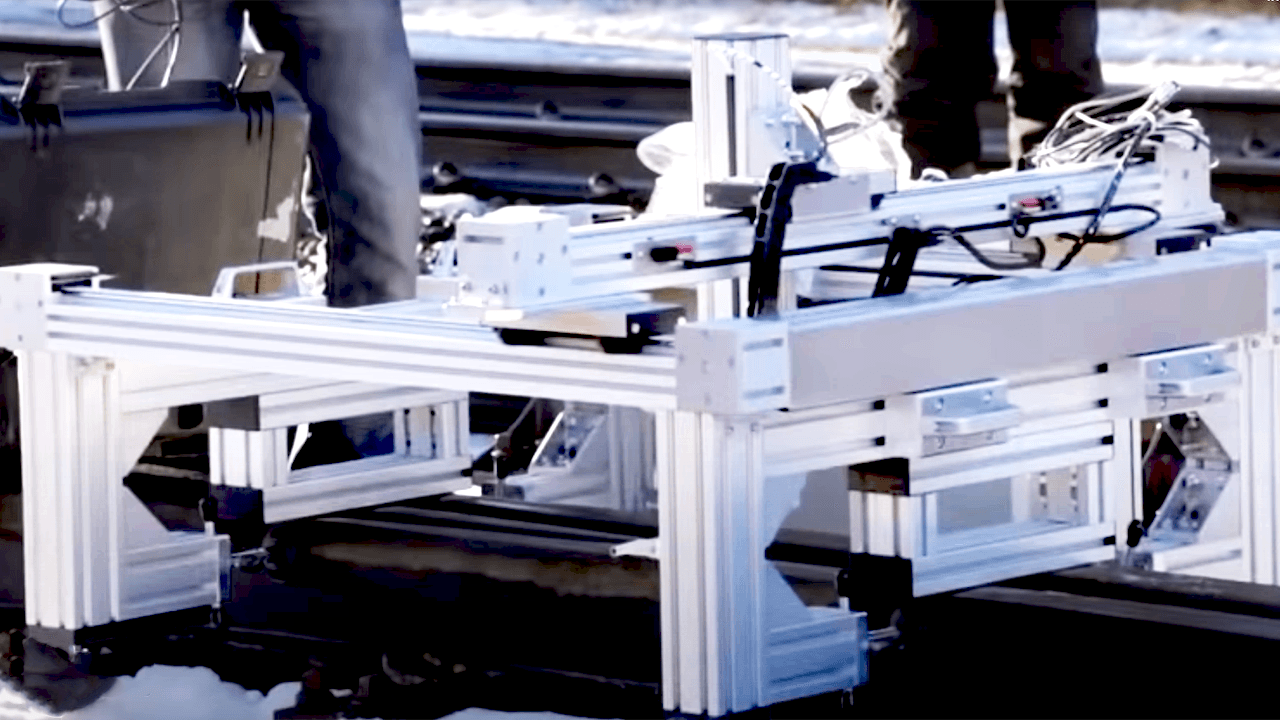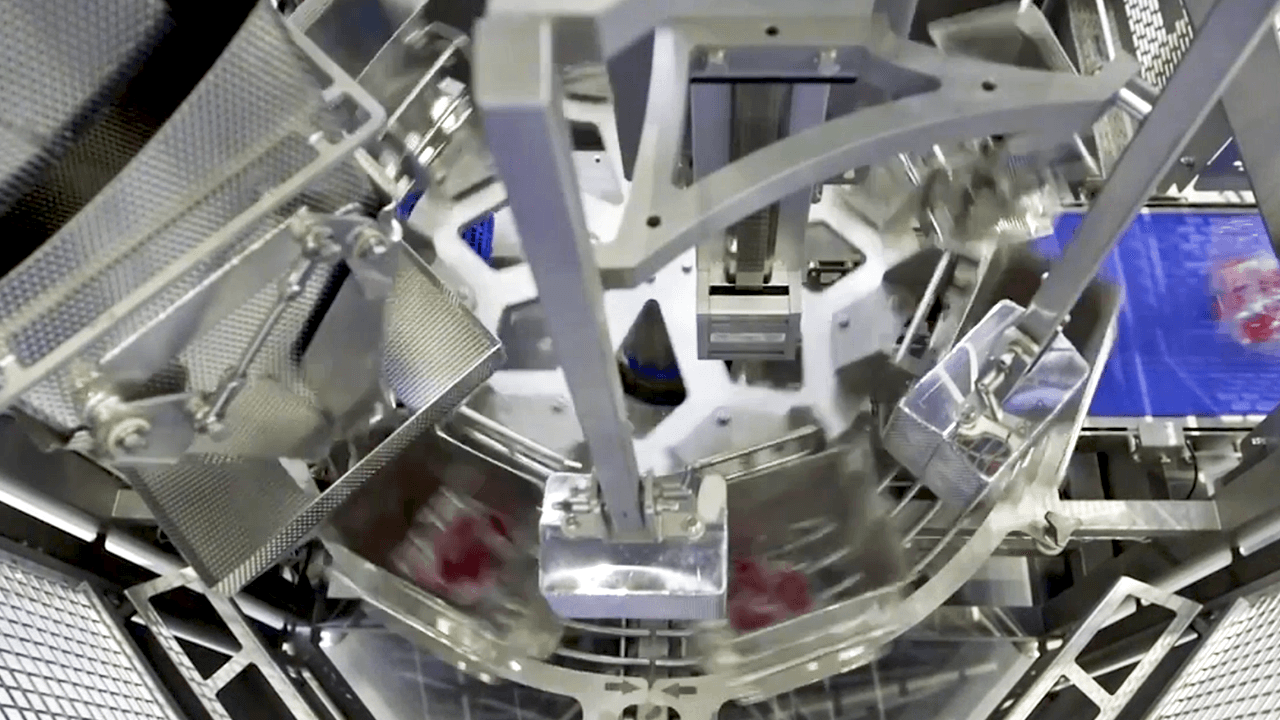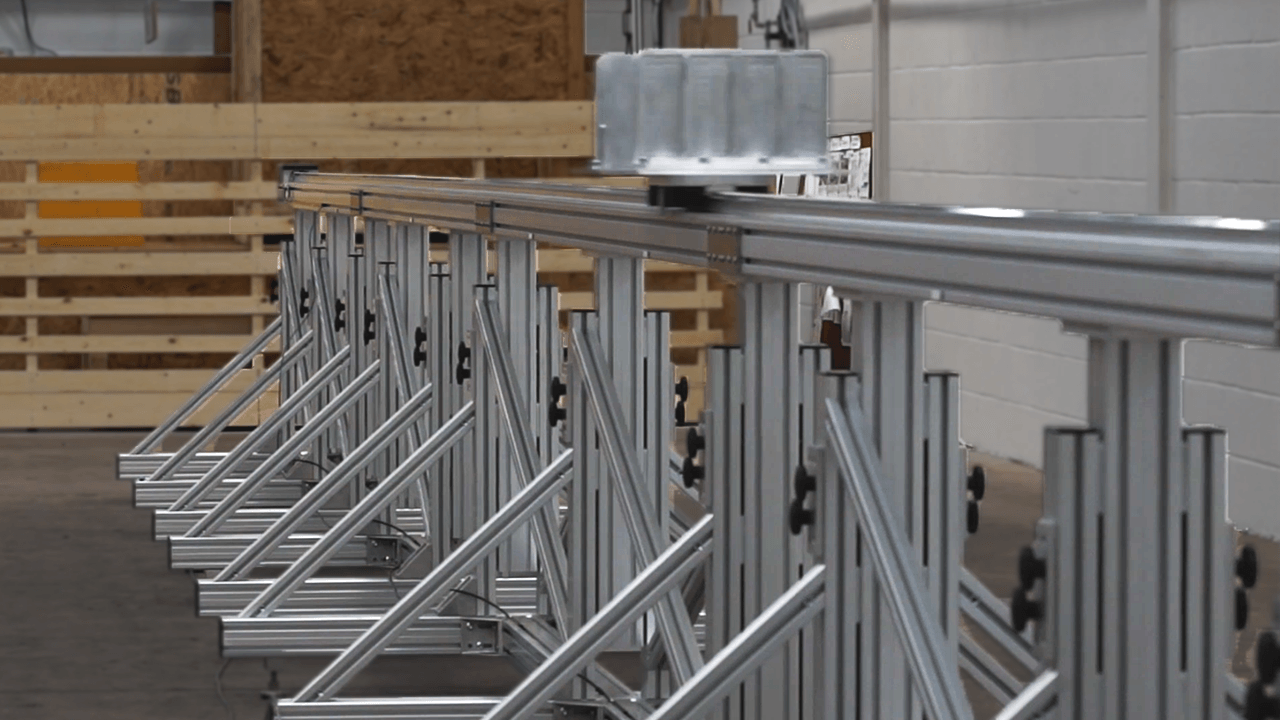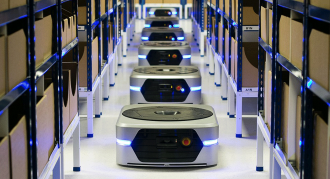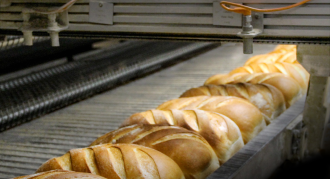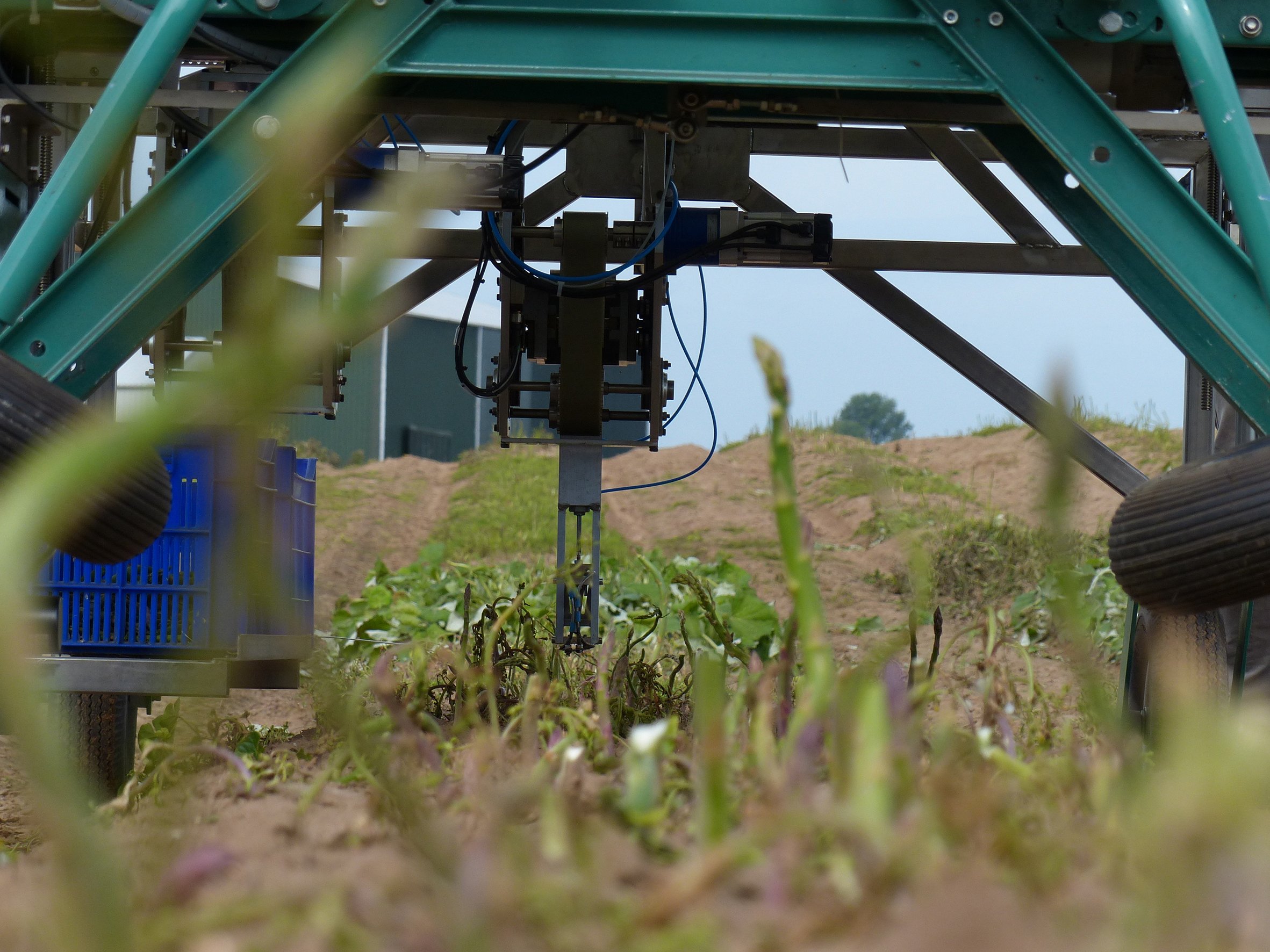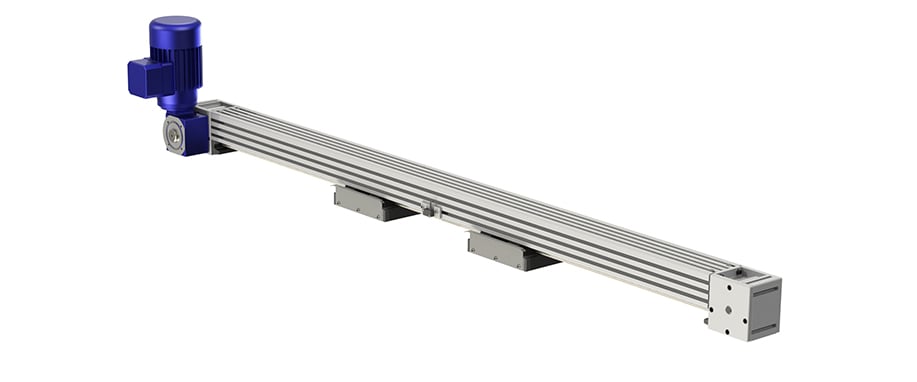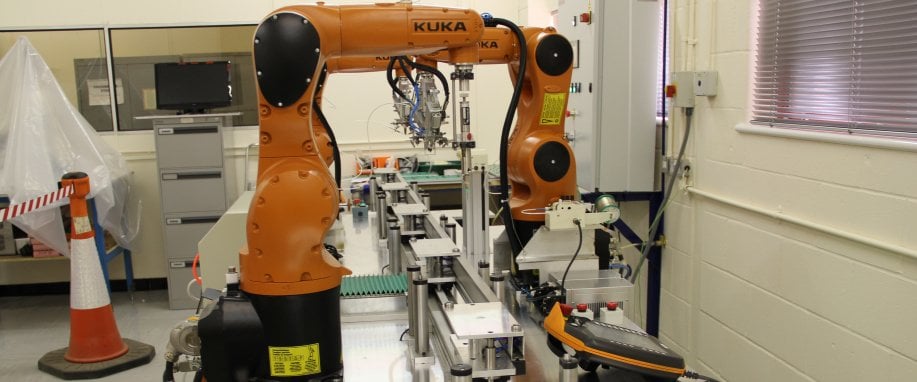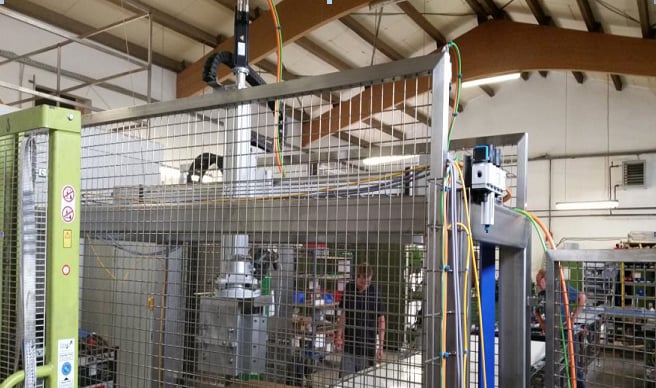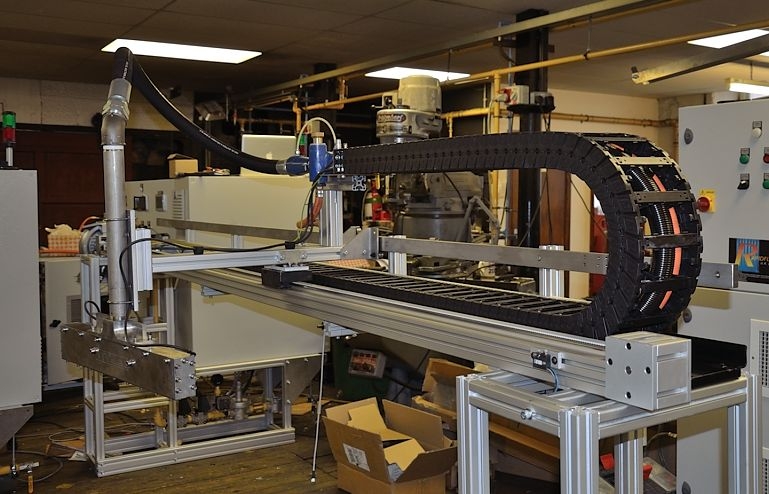From low to heavy duty, and from fast to slow speeds, HepcoMotion’s range of belt driven, pneumatic, electric linear and ball screw actuators cover all applications.
Linear Actuator FAQs
A linear actuator is a mechanical device designed to produce linear motion from an input energy source, such as electrical, hydraulic, or pneumatic power. Read more
It is commonly used to automate several types of machinery and equipment where precise linear movement is required. Linear actuators come in various forms and sizes, but they all share the same basic functionality: they translate an input, typically electrical or mechanical, into linear movement along a straight path.
The primary function of a linear actuator is to move an object or a load in a controlled and precise manner along a linear path. They are commonly integrated into automation systems to automate the movement of components, parts, or objects in a consistent and controlled manner. Read more
They can be programmed or controlled through PC based systems, sensors, or other input devices to execute specific functions.
Linear actuators are used in a wide range of industries and applications, such as in manufacturing and assembly lines to move and position products, as a line transfer, and to automate packaging processes.
Linear actuators come in several types, sizes, and load capacities, making them suitable for a wide range of applications, from small-scale projects to heavy-duty industrial tasks. Read more
Linear actuators provide repeatability, ensuring that a specific movement or positioning task can be performed consistently and reliably over time. This is vital in automation to maintain product quality and process efficiency.
Linear actuators can be specified to meet the individual needs of an application and can be seamlessly integrated into complex automation systems.
The lifespan of a linear actuator varies depending on several factors. One of the critical factors are the load that the actuator is subjected to and the frequency of use. Actuators used within their specified load and duty cycle limits will have a longer lifespan. Overloading an actuator can lead to premature wear and failure. Read more
Environmental conditions can also have an impact. Actuators used in harsh conditions, such as extreme temperatures, moisture, dust, or corrosive atmospheres, may experience shorter lifespans if not properly protected or designed for those conditions.
Regular maintenance can also extend the lifespan of a linear actuator. This includes cleaning, lubrication, and inspection for wear and damage. Neglecting maintenance can lead to accelerated wear and reduced performance.
Synchronising two linear actuators involves ensuring that they move in perfect coordination, maintaining the same position or speed throughout their operation. This synchronisation can be crucial in applications where precise and parallel movement is required, such as in heavy machinery, or robotics. Read more
There are several methods to achieve synchronisation between two linear actuators. Mechanical coupling involves physically connecting the linear actuators to a single motor using mechanical linkages, such as couplings, belts, chains, or gears. This ensures that both actuators move simultaneously when driven by a single motor or power source. In this setup, the single motor is responsible for driving all connected linear actuators simultaneously. The advantage of using a single motor with mechanical coupling is that it simplifies the control system since all actuators move in unison, eliminating the need for complex electronic synchronisation.
Another option is electrical synchronisation, where both linear actuators are controlled by separate motors but are synchronised electronically. The controller adjusts the speed and direction of each actuator’s motor to ensure they both reach and maintain the desired position simultaneously. Electrical synchronisation offers a high degree of control and adaptability, making it the preferred choice in applications where precise and flexible coordination of multiple linear actuators is essential.
Choosing the right linear actuator for your specific application involves considering several key factors to ensure it meets your performance and functional requirements. Factors such as speed, payload, and environmental conditions play a key part in the decision for or against a certain design of actuator. Read more
The first point to consider is the task or function; linear actuators can move in various directions, including pushing, pulling, lifting, and lowering. The choice of actuator type depends on the direction of motion needed for the specific task. Furthermore, some applications may require precise positioning, while others need high-speed movement or the ability to lift heavy loads. Linear actuators are designed to meet these specific needs.
Linear actuators come in a range of load capacities, from lightweight to heavy-duty. Applications that involve lifting, pushing, or pulling different loads require actuators with appropriate load-bearing capabilities. The load capacity should comfortably exceed the application’s requirements to avoid overloading.
Environmental factors also need to be considered as different environments have unique challenges. For example, outdoor applications may require linear actuators that can withstand exposure to moisture, dust, and temperature extremes. Actuators designed for such environments have protective features and materials to ensure durability.
Of course, speed will also have a bearing. Some applications, like packaging machines and material handling, require high-speed linear motion with precision. In contrast, others, such as medical devices or camera mounts, demand precise positioning with lower speeds. Linear actuators are designed to offer a balance between speed and precision based on the application.
Our V based technology reduces downtime, increases system life and reduces total cost of ownership.
Discover HowContact us
Tel Sales Enquiries +44 (0)1884 257000 General Enquiries +44 (0)1884 243400
Email [email protected]
Address
HepcoMotion Head Office
Lower Moor Business Park
Tiverton Way
Tiverton
Devon, EX16 6TG
Contact Form

